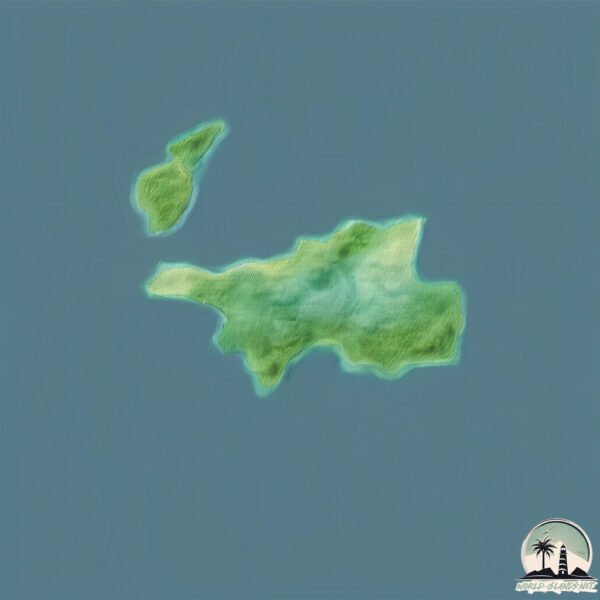Welcome to Afuera , a Tropical island in the North Pacific Ocean, part of the majestic Pacific Ocean. This guide offers a comprehensive overview of what makes Afuera unique – from its geography and climate to its population, infrastructure, and beyond. Dive into the details:
Geography and size of Afuera
Size: 2.453 km²Coastline: 9 kmOcean: Pacific OceanSea: North Pacific OceanContinent: North America
Afuera is a Small Island spanning 2.5 km² with a coastline of 9 km.
Archipel: –
Tectonic Plate: Panama – A small plate in Central America, primarily under Panama and Costa Rica, known for its seismic and volcanic activity due to interactions with the Cocos and Caribbean Plates.
The geographic heart of the island is pinpointed at these coordinates:
Climate and weather of Afuera
Climate Zone: TropicalClimate Details: Tropical Monsoon ClimateTemperature: Hot
Climate Characteristics: Characterized by heavy rainfall, high humidity, and uniformly high temperatures, but with a distinct short dry season. It features a seasonal reversal of prevailing wind directions.
Topography and nature of Afuera
Timezone: UTC-05:00Timezone places: America/New_YorkMax. Elevation: 74 m Mean Elevation: 58 mVegetation: Evergreen Broadleaf ForestTree Coverage: 89%
The mean elevation is 58 m. The highest elevation on the island reaches approximately 74 meters above sea level. The island is characterized by Plains: Flat, low-lying lands characterized by a maximum elevation of up to 200 meters. On islands, plains are typically coastal lowlands or central flat areas.
Dominating Vegetation: Evergreen Broadleaf Forest
Vegetation: 3 vegetation zones – Moderately Diverse Island
Infrastructure and Travelling to Afuera
Does the island have a public airport? no .
Does the island have a major port? no .
The mean population of Afuera is 6 per km². Afuera is Gently Populated. The island belongs to Panama .
Continuing your journey, Coiba is the next notable island, situated merely km away.
Documental Más Afuera
Más Afuera” narra la experiencia de un grupo de deportistas que se embarca en una expedición al archipiélago Juan Fernández, ...
Documental Más Afuera
Más Afuera” narra la experiencia de un grupo de deportistas que se ...
Más Afuera” narra la experiencia de un grupo de deportistas que se embarca en una expedición al archipiélago Juan Fernández, ...
Aerial View of Afuera Island (Coiba Park) Green Jungle Mountains with Distant Smaller Islands
Panning Aerial View of Afuera Island (Coiba Park) Green Jungle ...
Panning Aerial View of Afuera Island (Coiba Park) Green Jungle Mountains with Distant Smaller Islands, Clear Blueturquoise ...
Backward Aerial Flight of Afuera Island (Coiba Park) Water Edge with Green Jungle Islands
Backward Aerial Flight of Afuera Island (Coiba Park) Water Edge with ...
Backward Aerial Flight of Afuera Island (Coiba Park) Water Edge with Clear Blue Colored Water, Green Jungle Islands and Rock ...
Panama is classified as Developing region: Regions characterized by lower income levels, with economies in the process of industrialization and modernization. The level of income is Upper middle income.
News – Latest Updates and Headlines from Afuera
Stay informed with the most recent news and important headlines from Afuera. Here’s a roundup of the latest developments.
Loading...
Please note: The data used here has been primarily extracted from satellite readings. Deviations from exact values may occur, particularly regarding the height of elevations and population density. Land area and coastline measurements refer to average values at mean high tide.

